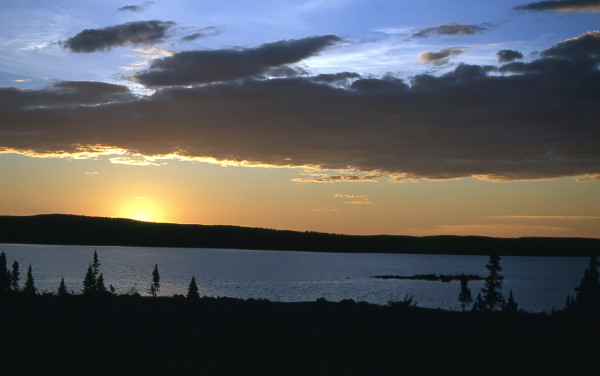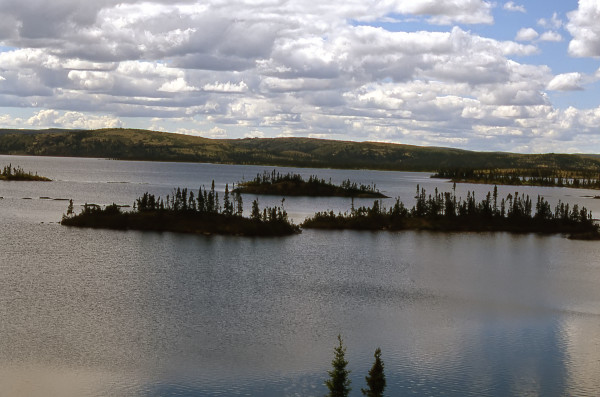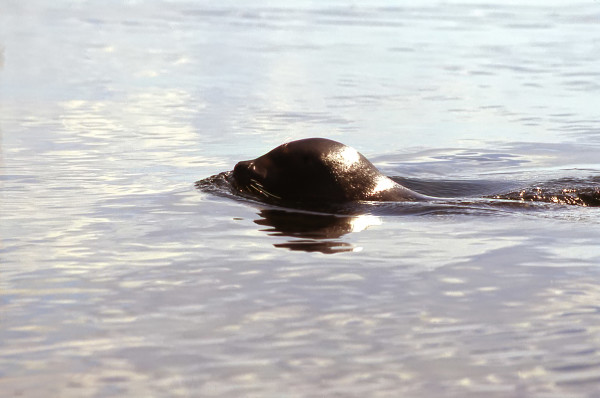Meet the mysterious freshwater seal of Quebec
Written by Francine Saint-Laurent, WWF volunteer, writer and globetrotter
The Loups Marins chain of lakes in Quebec’s Nunavik region is so vast it’s almost like an inland sea. In these remote lakes lives a mysterious creature. Few people know about it, and those who go in search run enormous risks. The Loups Marins lakes’ clear waters hide rocks just below the surface that are known to sink boats. At any time, terrible winds can create huge waves that swallow everything.
The mysterious and reclusive creatures have been dubbed achikunipi by the Cree, meaning “freshwater seal”. Biologically, they’re harbour seals. But the Loups Marins lakes are located 250 kilometers east of the Hudson Bay coast. So what is a harbour seal doing so far from the sea?
According to some researchers, the most plausible theory is that the achikunipi became a prisoner at the end of the deglaciation period a few thousand years ago, when the immense glacier that covered the territory began to melt and retreat. Over countless years, seals adapted to their new environment and acclimated to freshwater. This northern seal is among the few isolated populations of freshwater seals in the world, numbering anywhere between 50 and 600 individuals, but the exact population size is unknown.
My expedition to the land of achikunipi
In 2000, after several requests and negotiating to film a report, I managed to join a team from the Department of Natural Resources and Wildlife of Quebec who went to explore Loups Marins lakes for exploration.
Accompanied by the photographer Peter Dunnigan, we spent a week on the lake waters in vain. Then, during a beautiful sunny afternoon in July, I saw a small black dot moving toward a boulder in the middle of the water.
We slowed down to approach the seal and opened a can of sardines. The smell drew its attention and it swam around our boat a few times. My heart was pounding. I was in the presence of achikunipi. The animal dove, and reappeared a few minutes later with a second seal. They swam around us for a while before disappearing for good underwater.
The future of the freshwater seal
In 2007, the Committee on the Status of Endangered Wildlife assessed the freshwater seal as endangered. Fisheries and Oceans Canada now collaborates with indigenous organizations on a recovery team that will take steps to help the Loups Marins seal population recover.
In 2013, the Tursujuq National Park was created – it is the largest protected area of Quebec. Covering an area of 26,107 square kilometres, the park located on the territory of Nunavik is to protect, among others, the Richmond Gulf, the majestic Nastapoka and Eau Claire Lake (composed of two basins formed by a double meteorite impact). The Tursujuq park ensures protection for a particular portion of the known habitat of freshwater seals living exclusively in freshwater.
Francine is the author of “Achikunipi, le mystérieux phoque du Grand Nord,” a French-language nonfiction youth book that was a finalist for two Canadian prizes.




